Research location: Alte Ziegelei, Niederwürschnitz
The former industrial site of Niederwürschnitz was once known for the production of bricks. After the reunification, many such factories in the region were closed and the production continued elsewhere. So, the old buildings of the former brickyard remind us of that time, they show us how the material clay was processed and used. The more you go into detail, the more you understand what it is that makes this place different from other places. The material clay provided the basis for the regional industry, every brick made there is part of the creation of the houses and is part of the constant change and development of the place. Everything that was created, shaped and left there changed over time by human and natural influences and this, in turn, contributed to the further development of the local history.
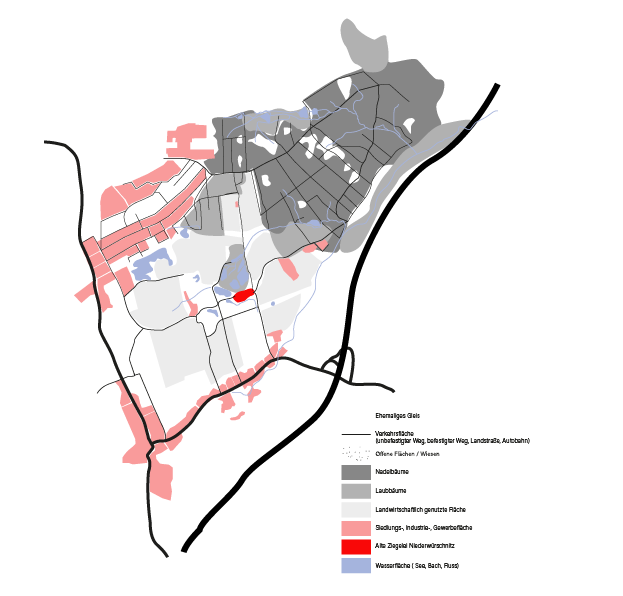
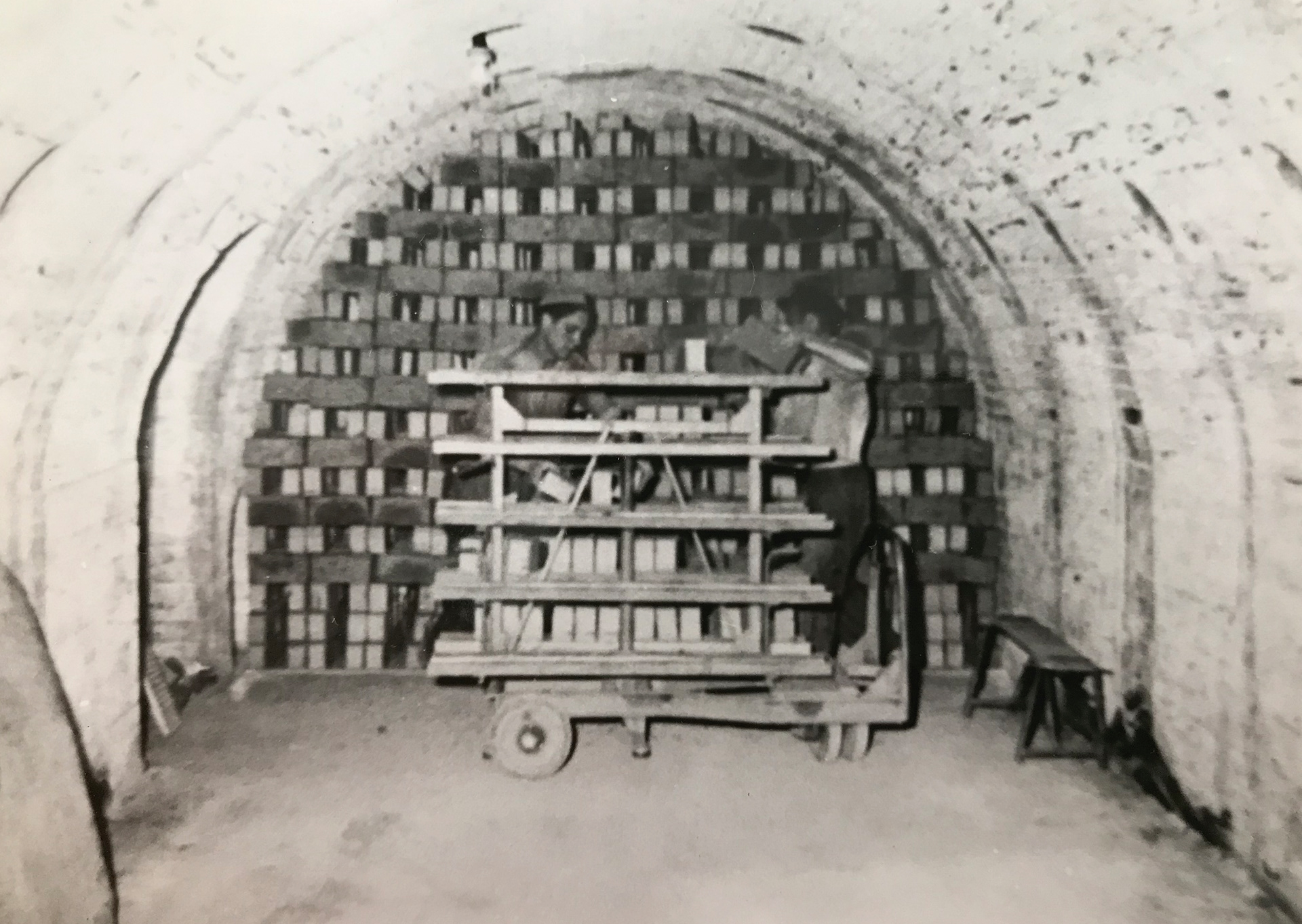
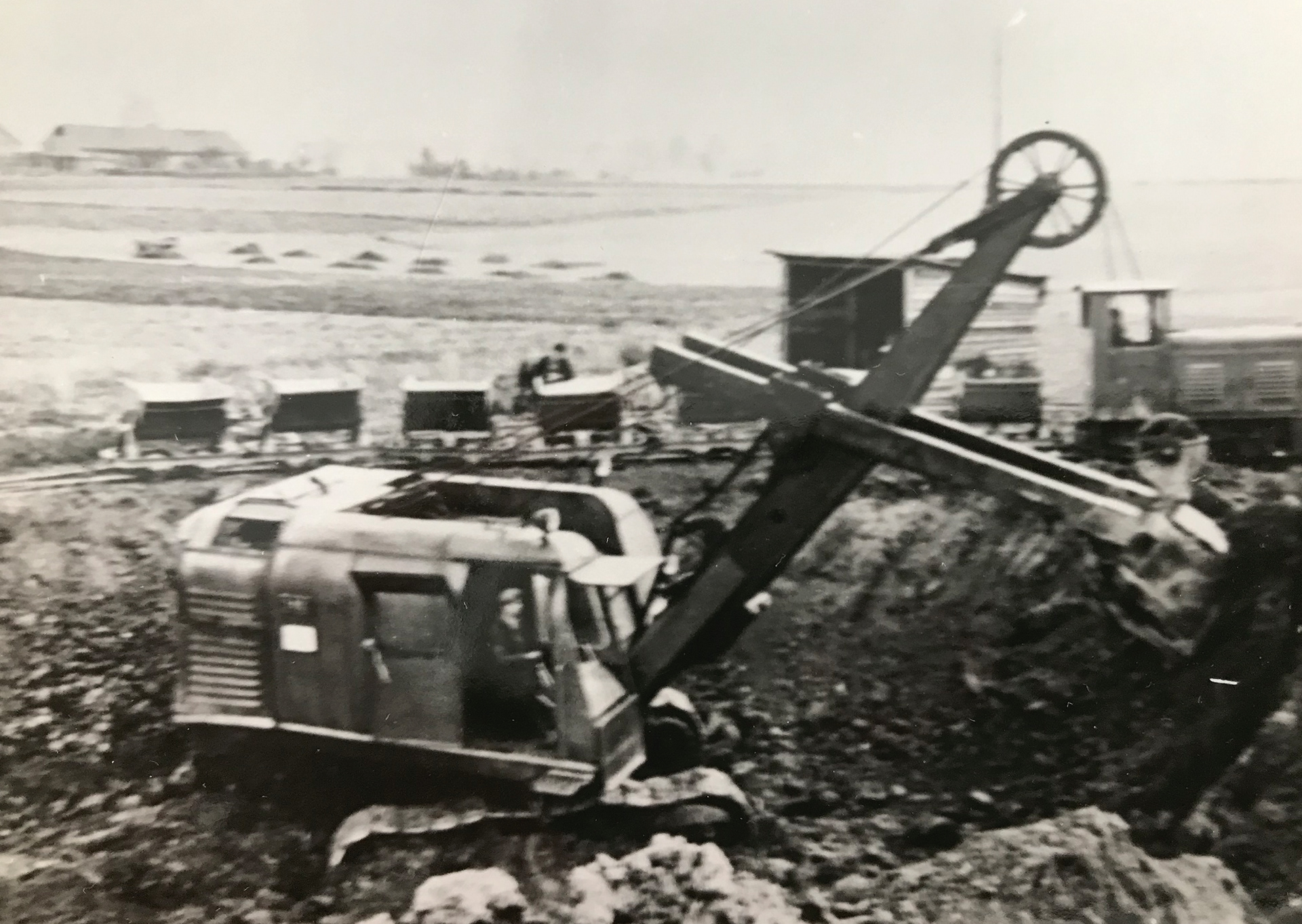
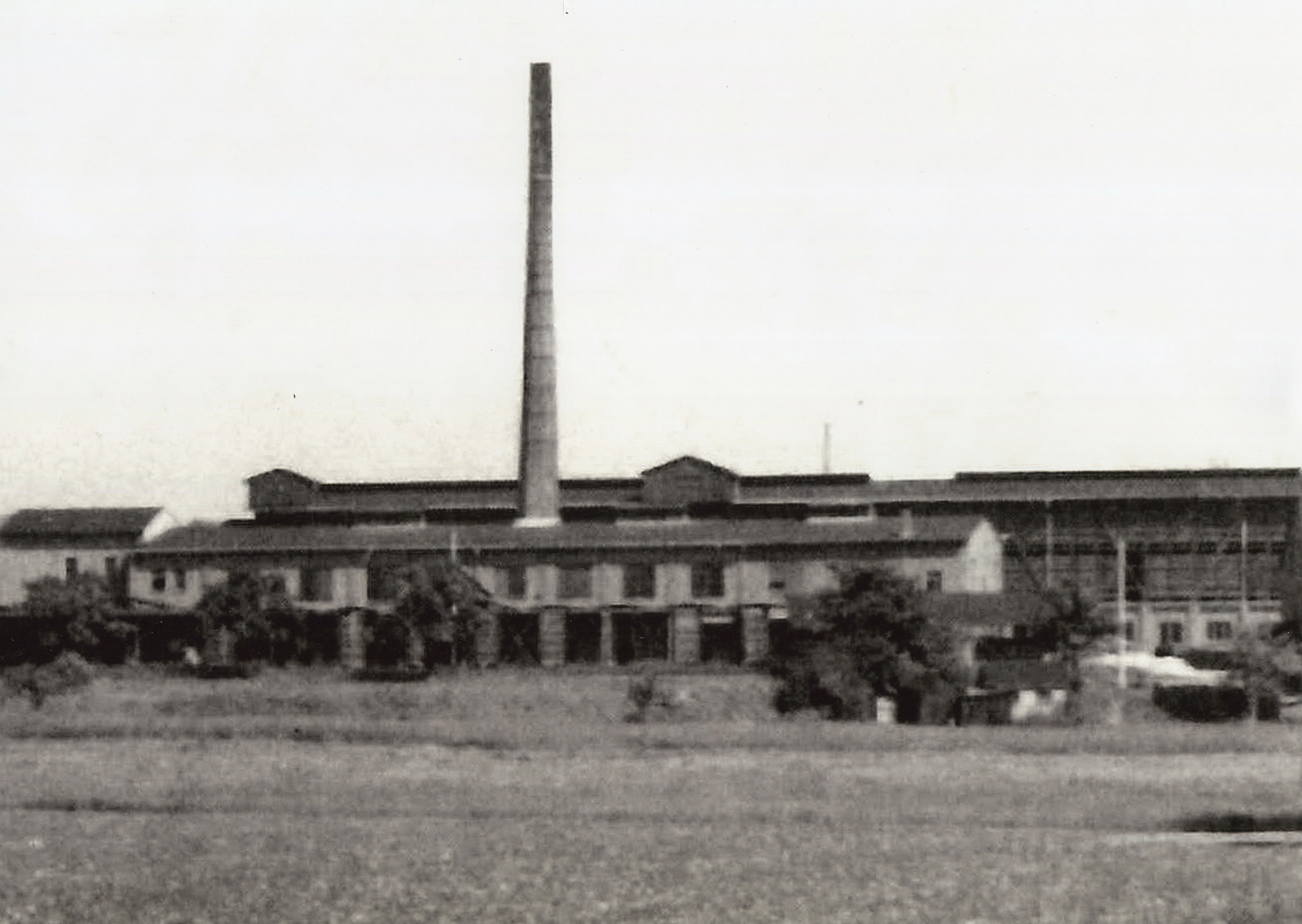
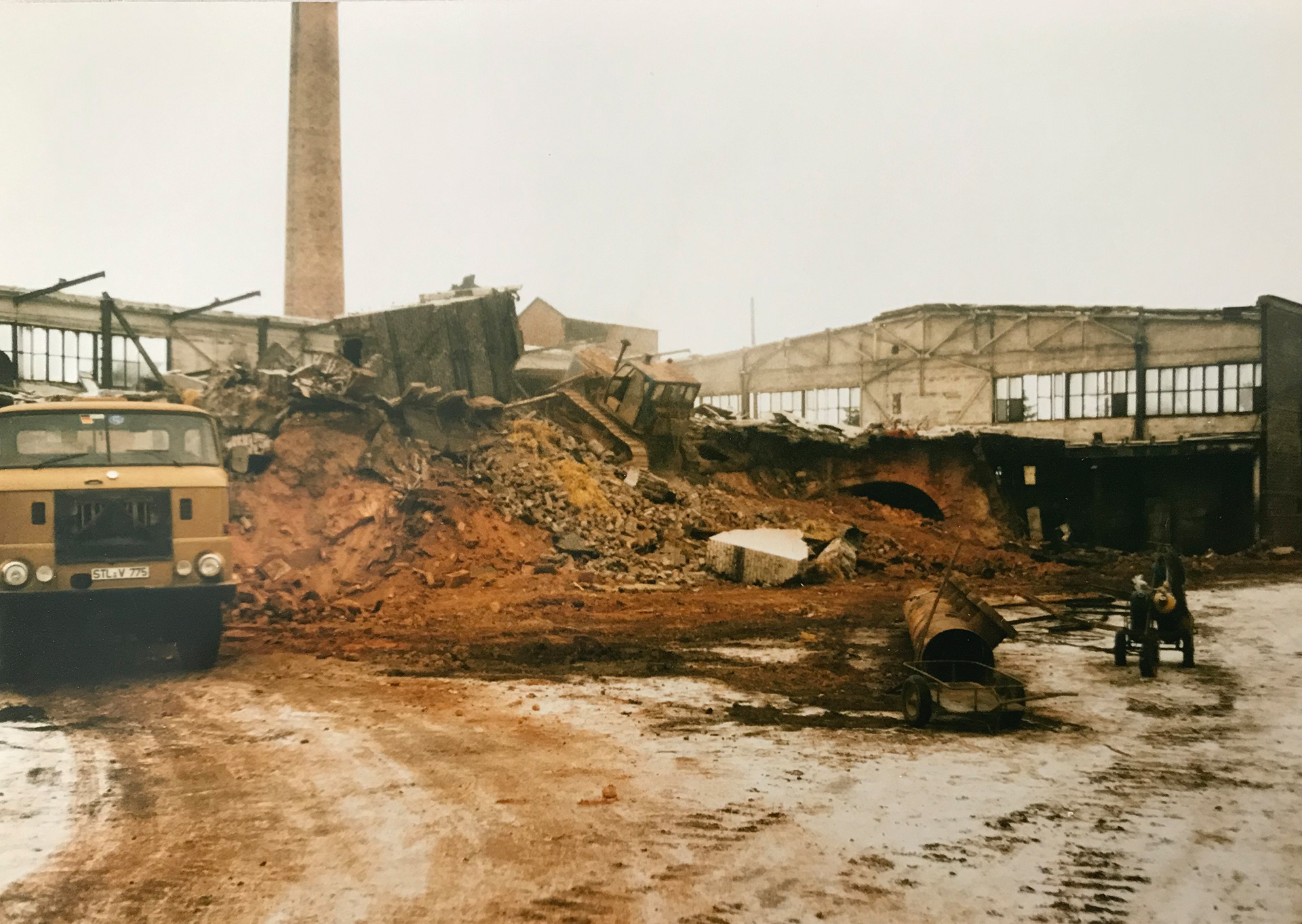
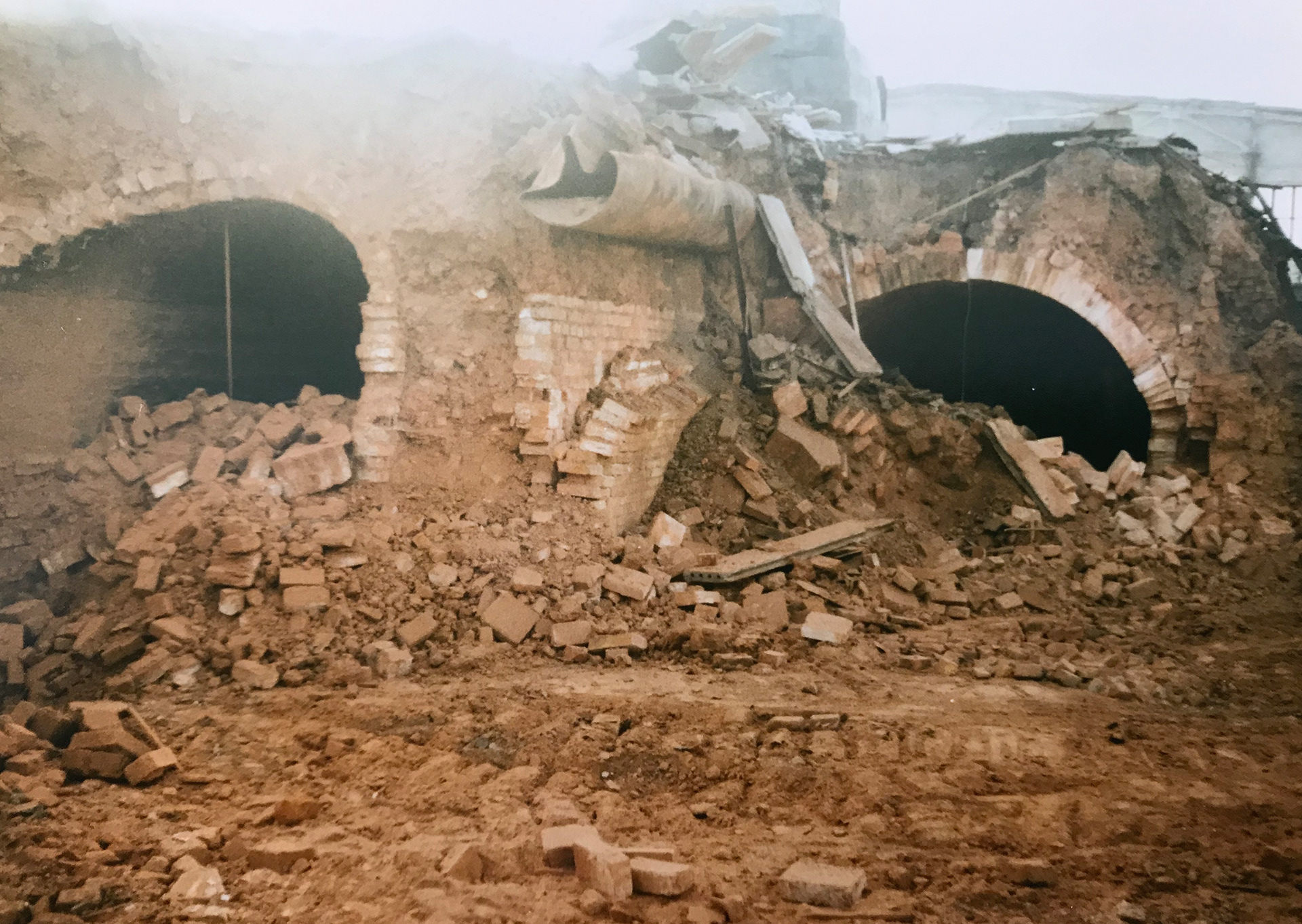
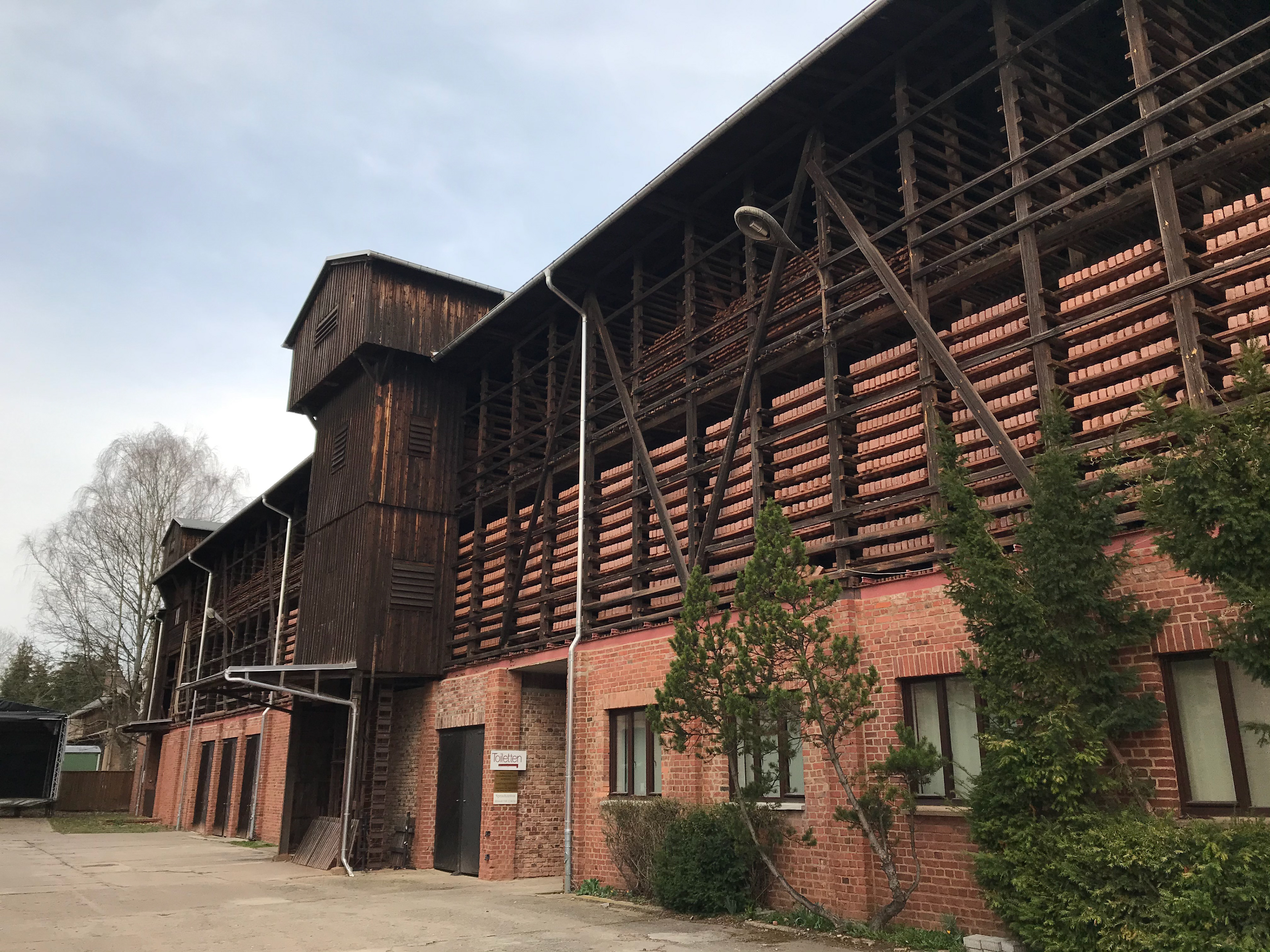
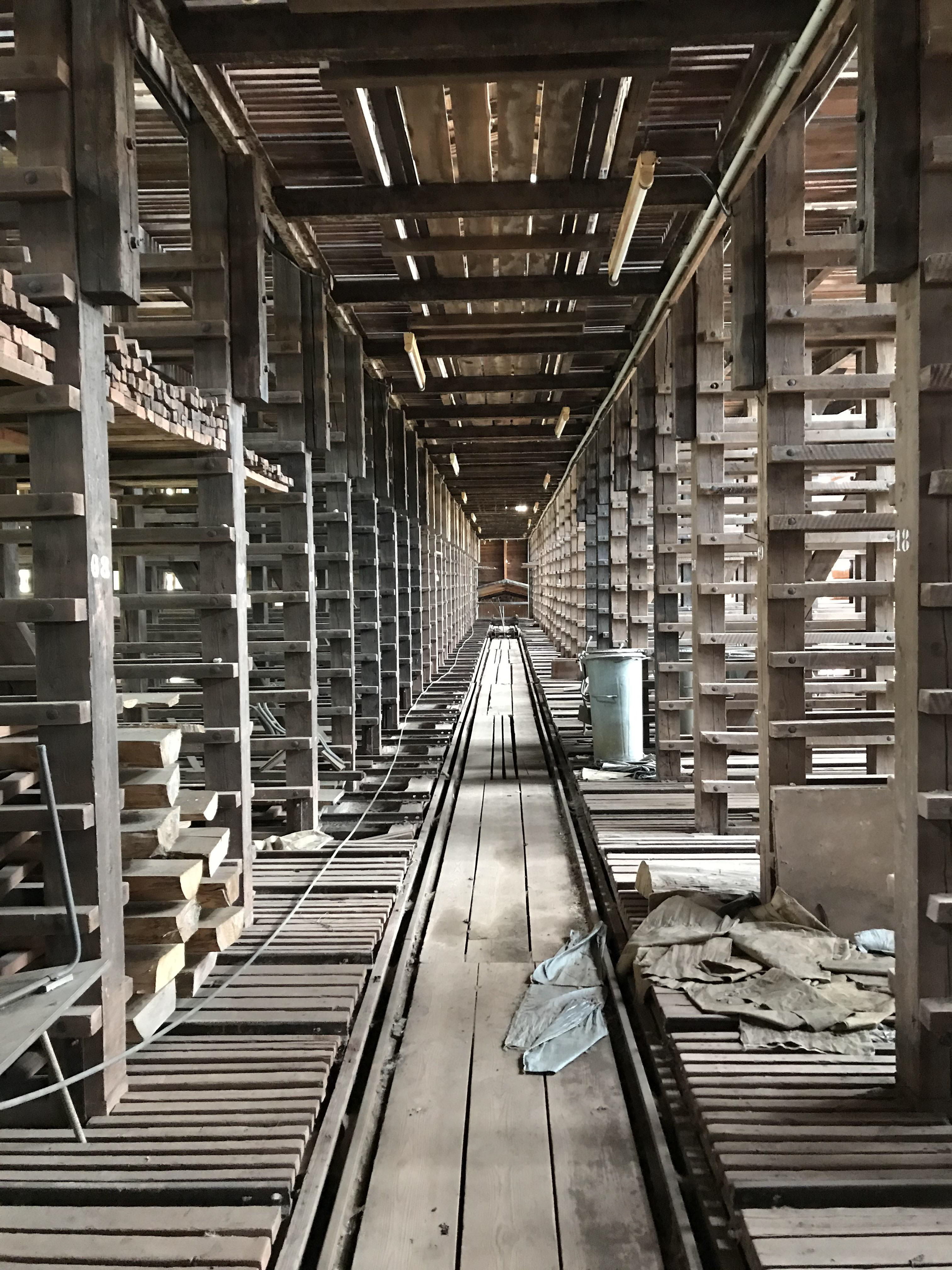
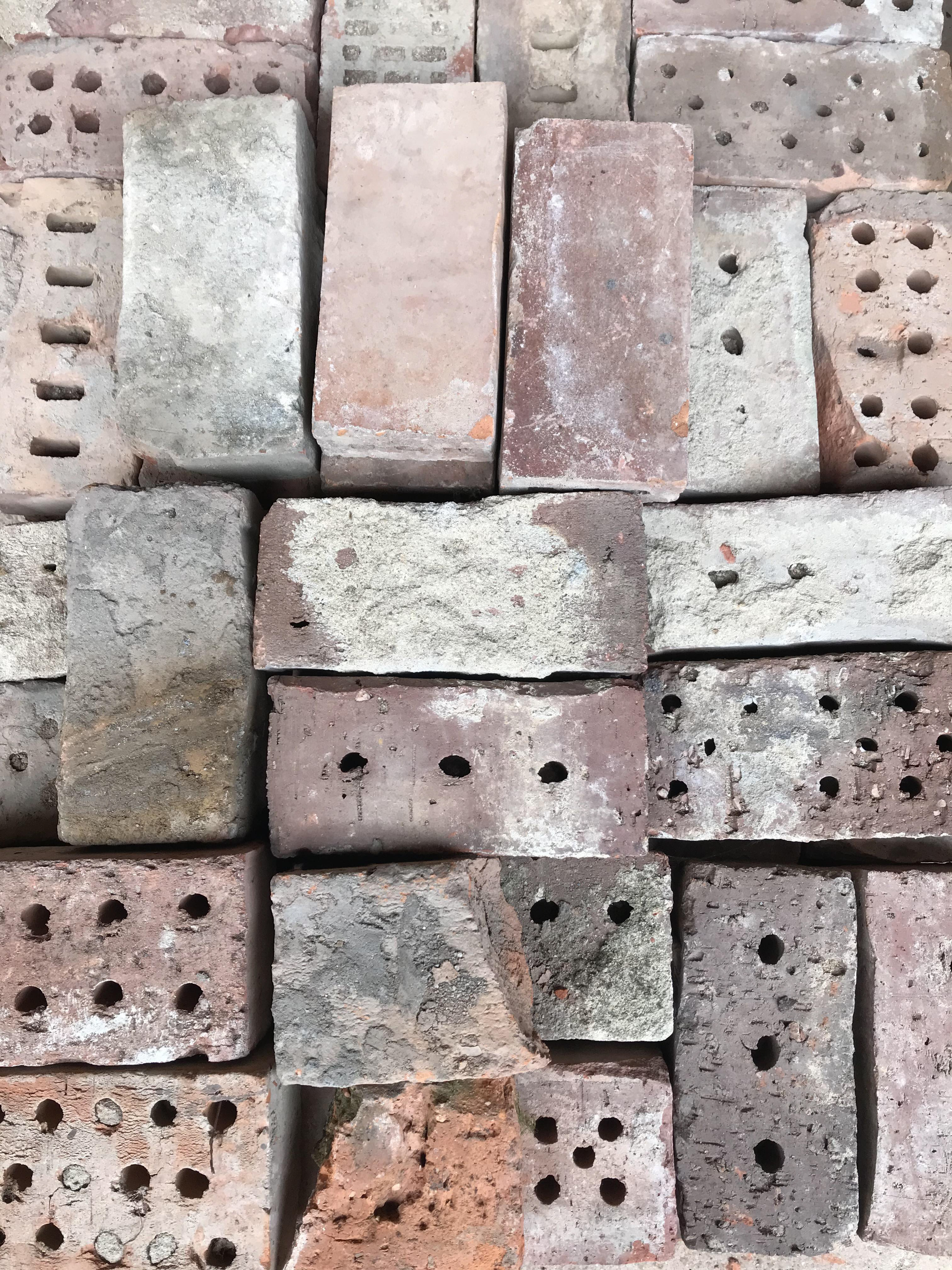
Soil samples and analysis
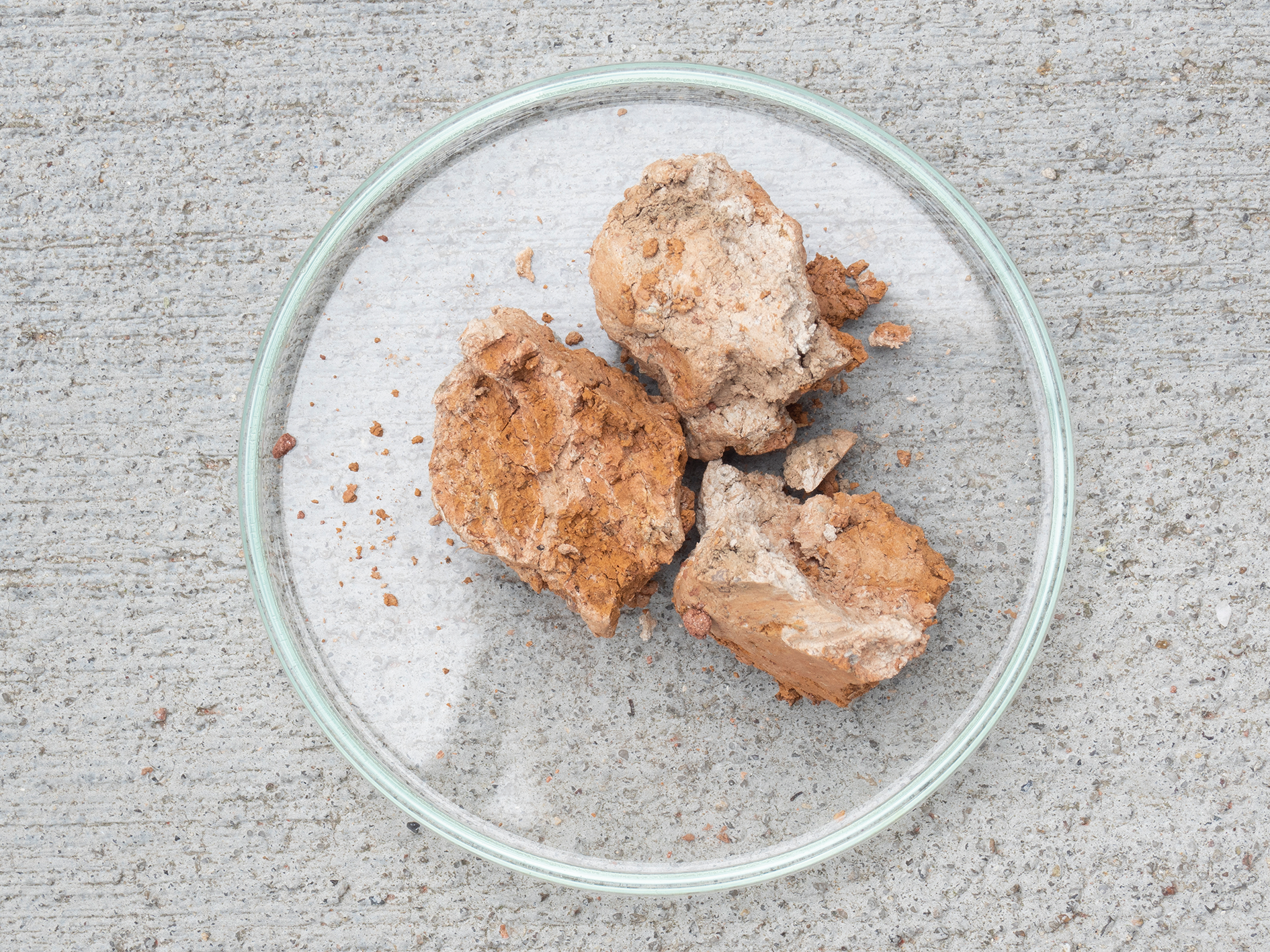
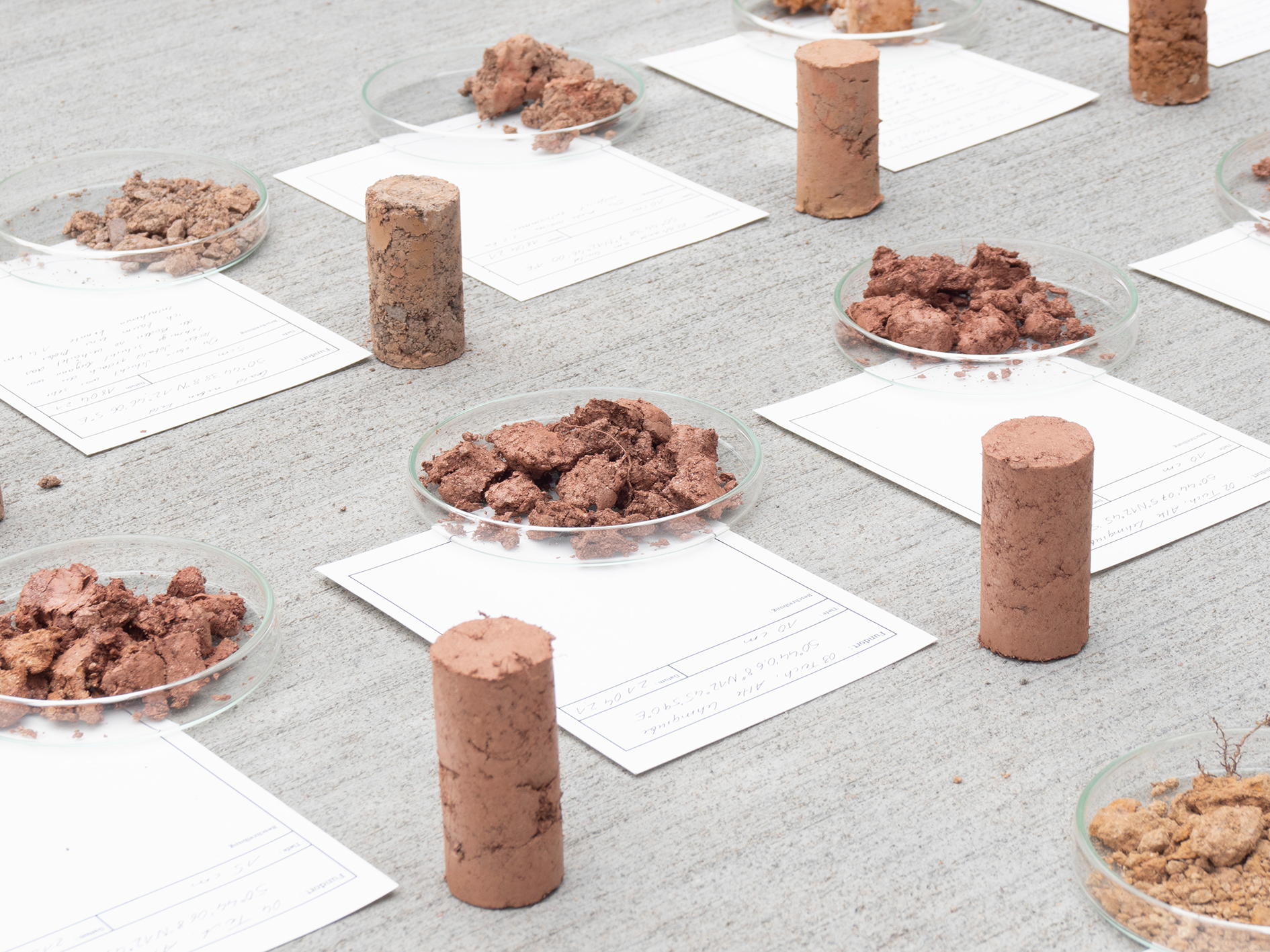
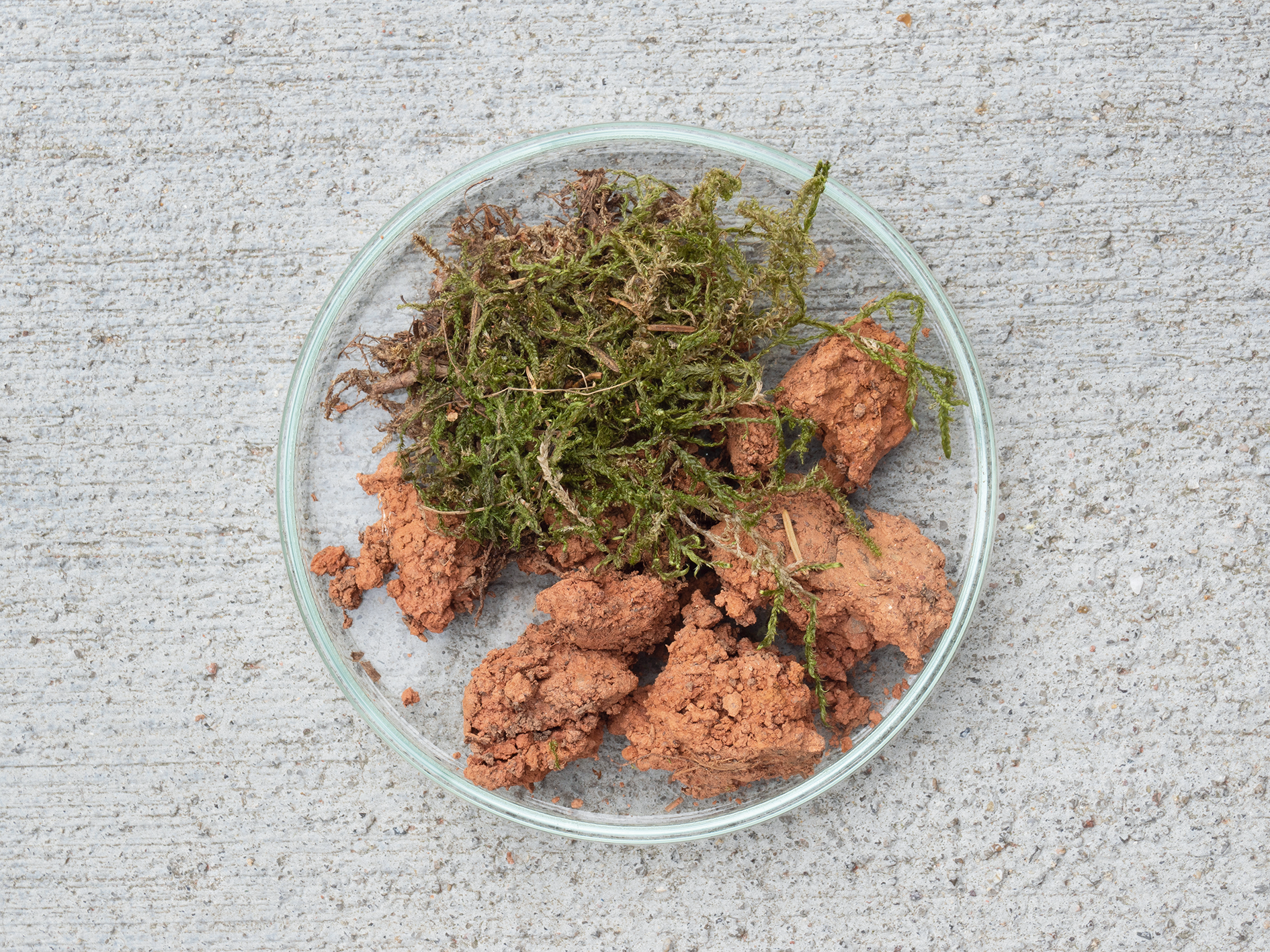
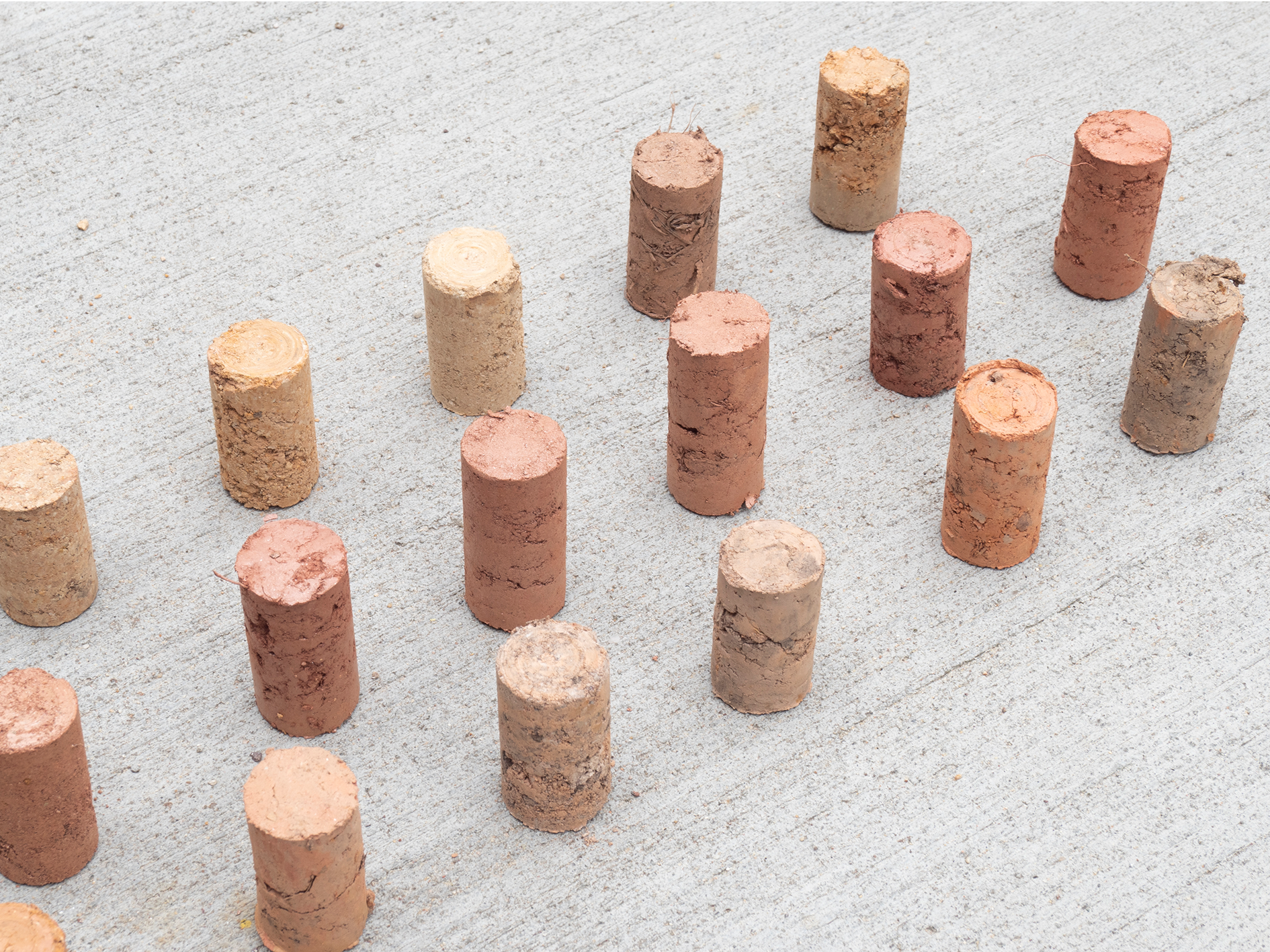
Microscopic analysis of the soil samples
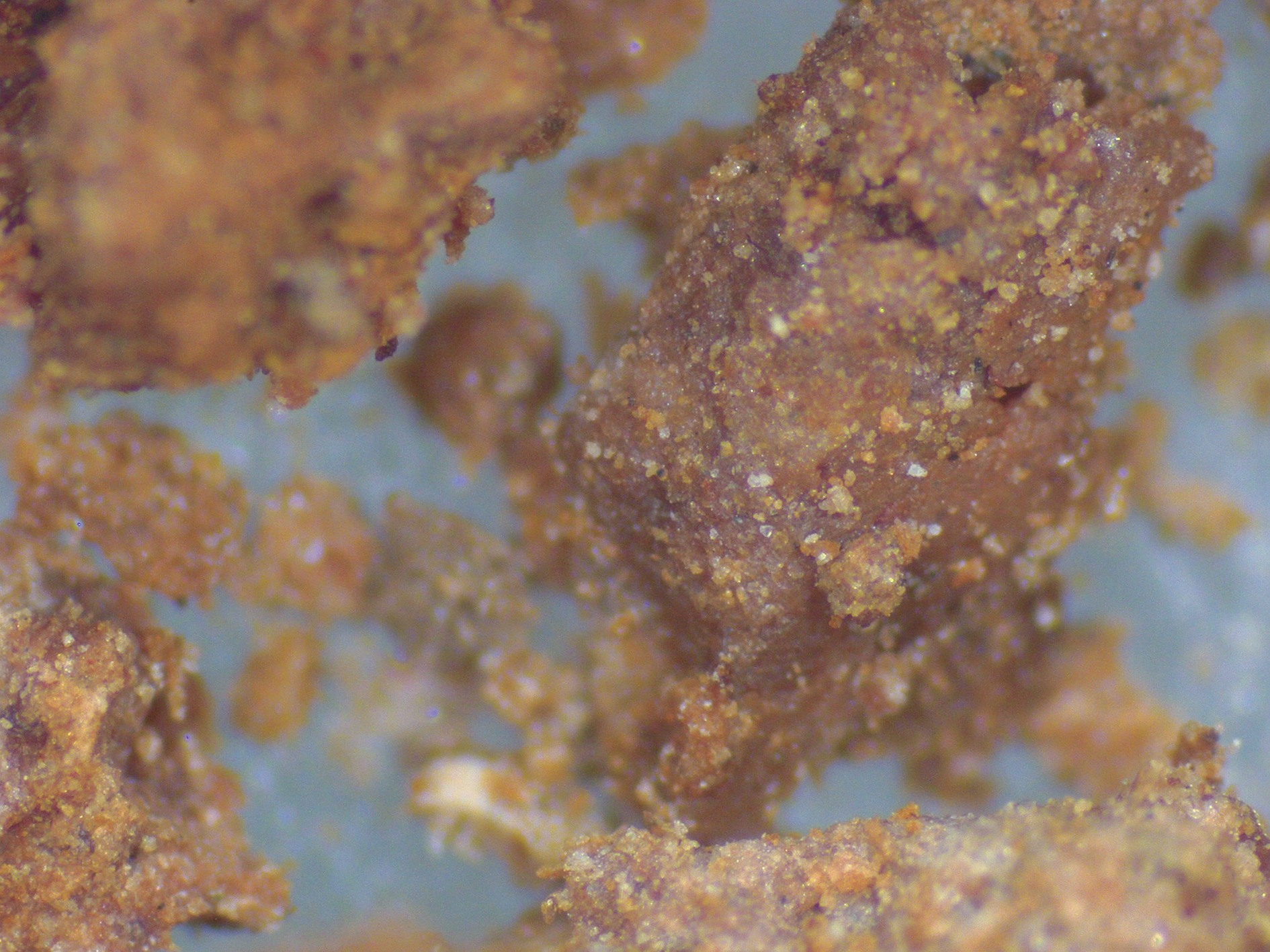
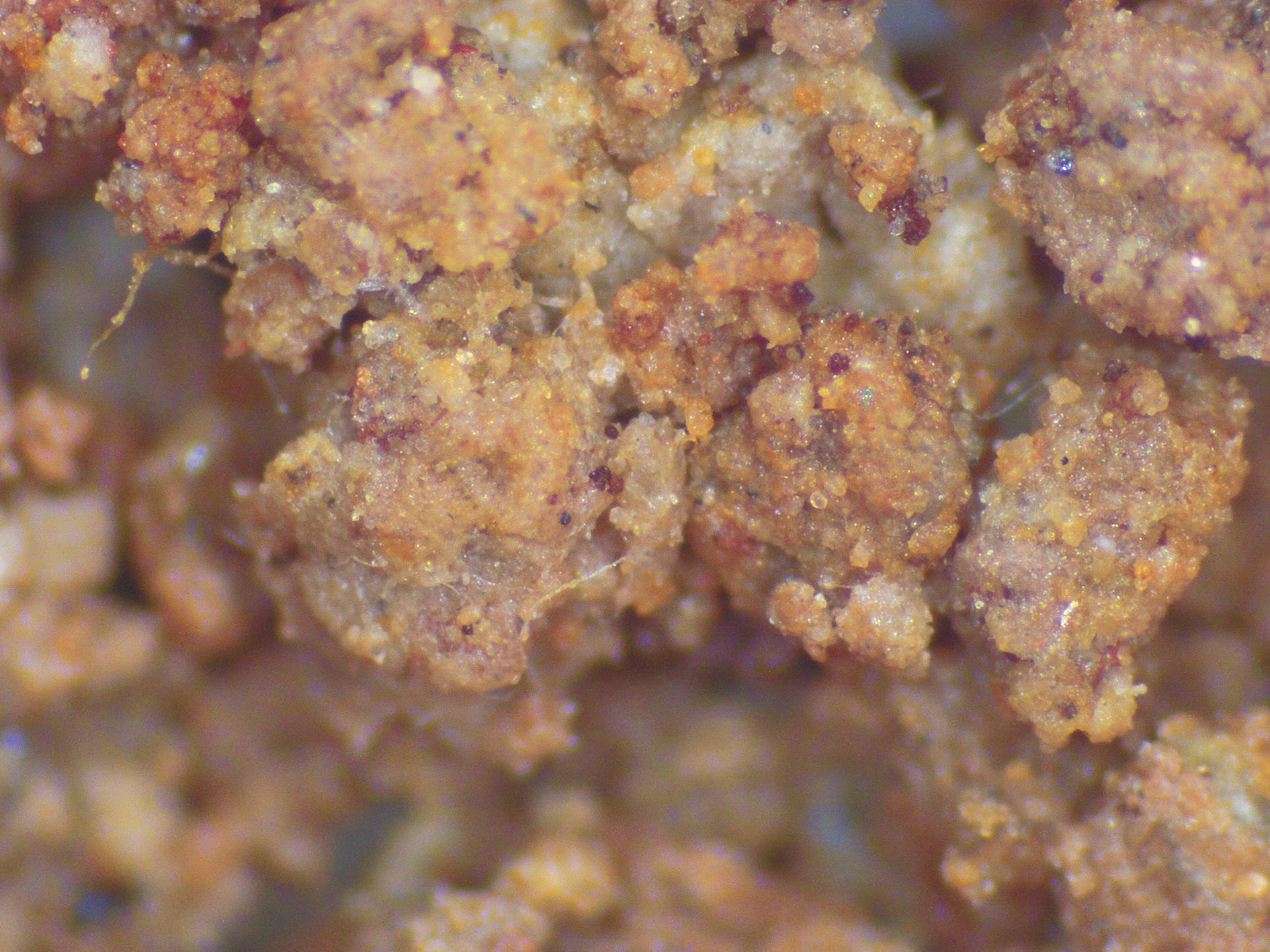
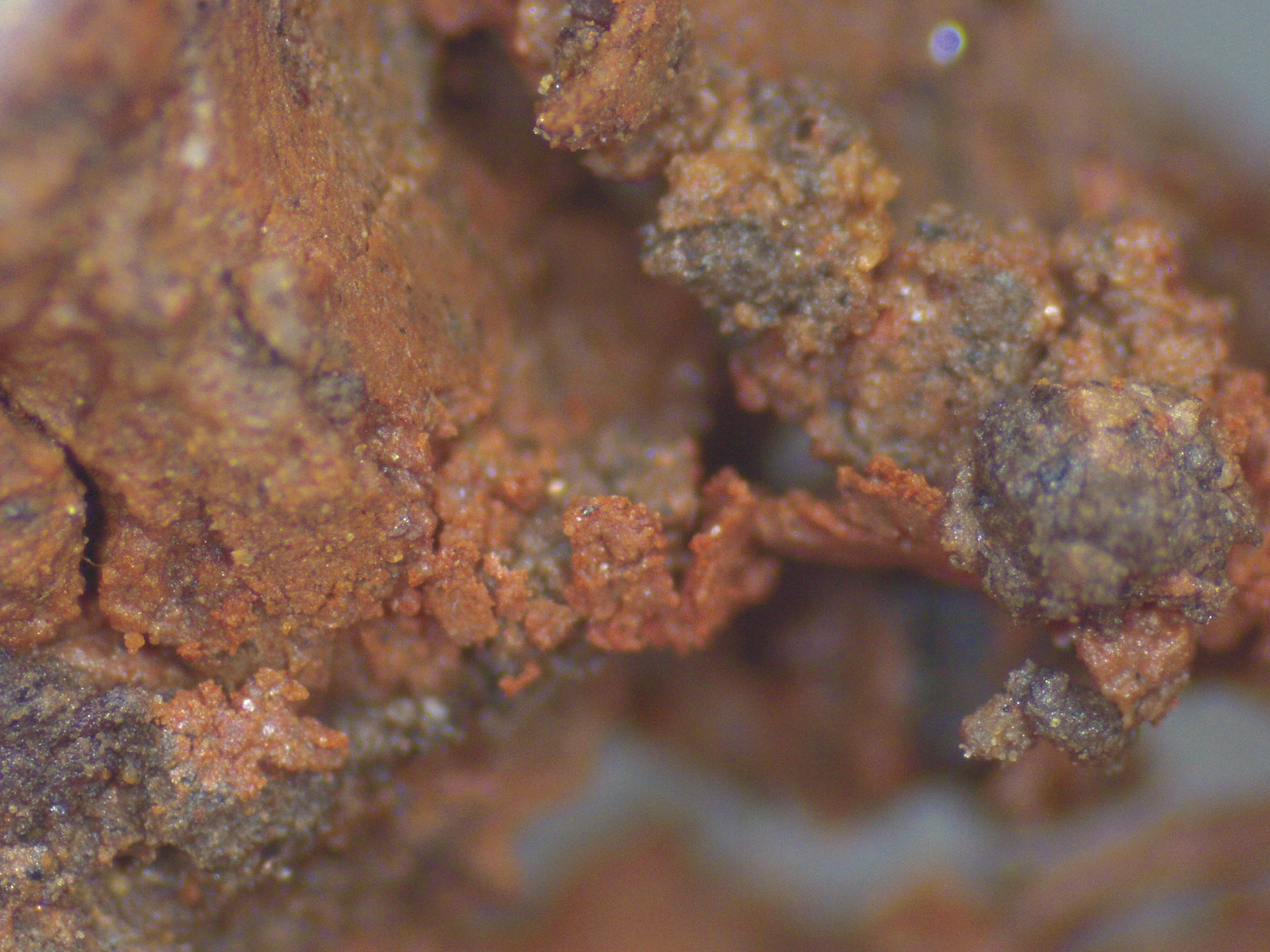
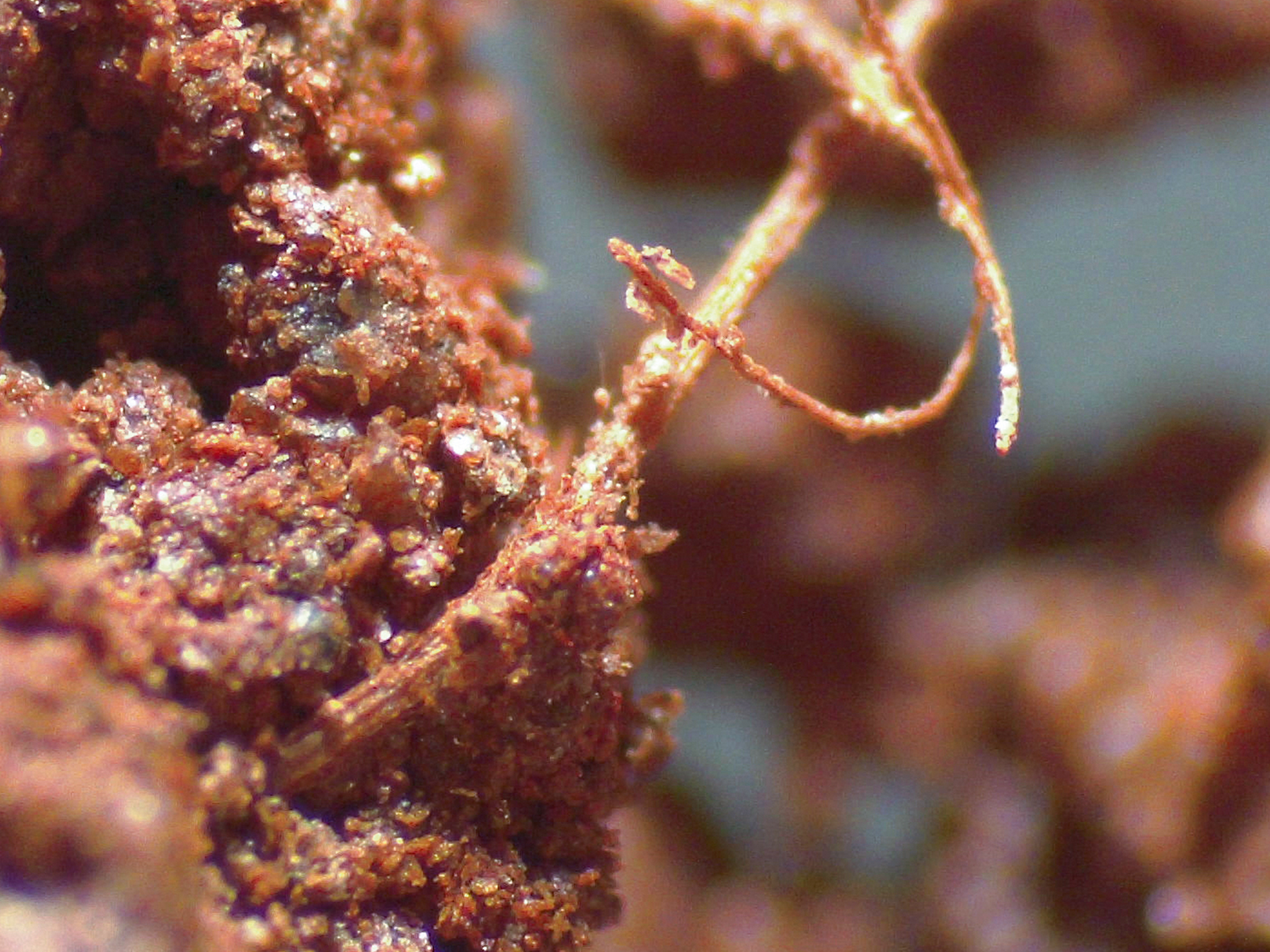
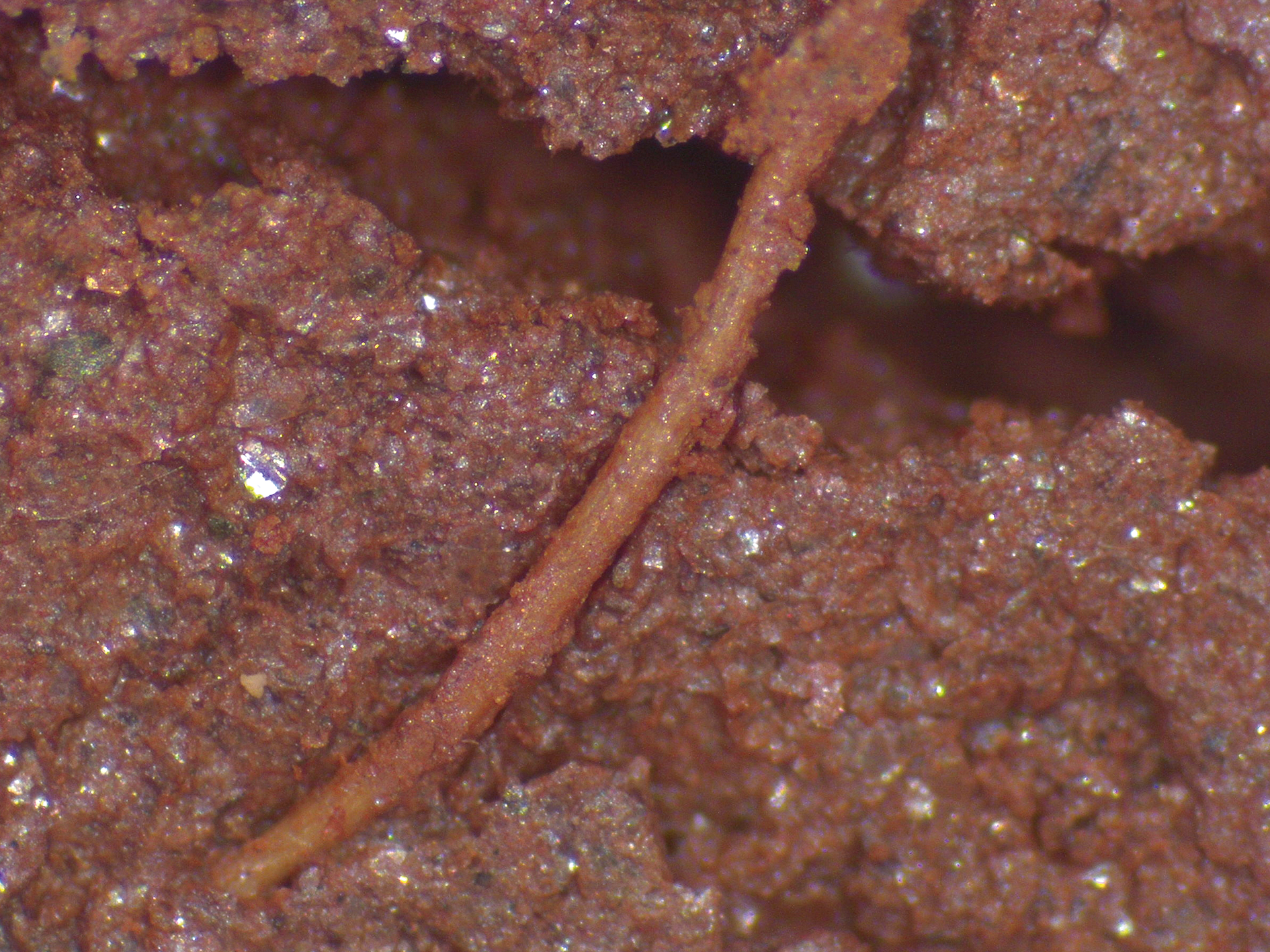
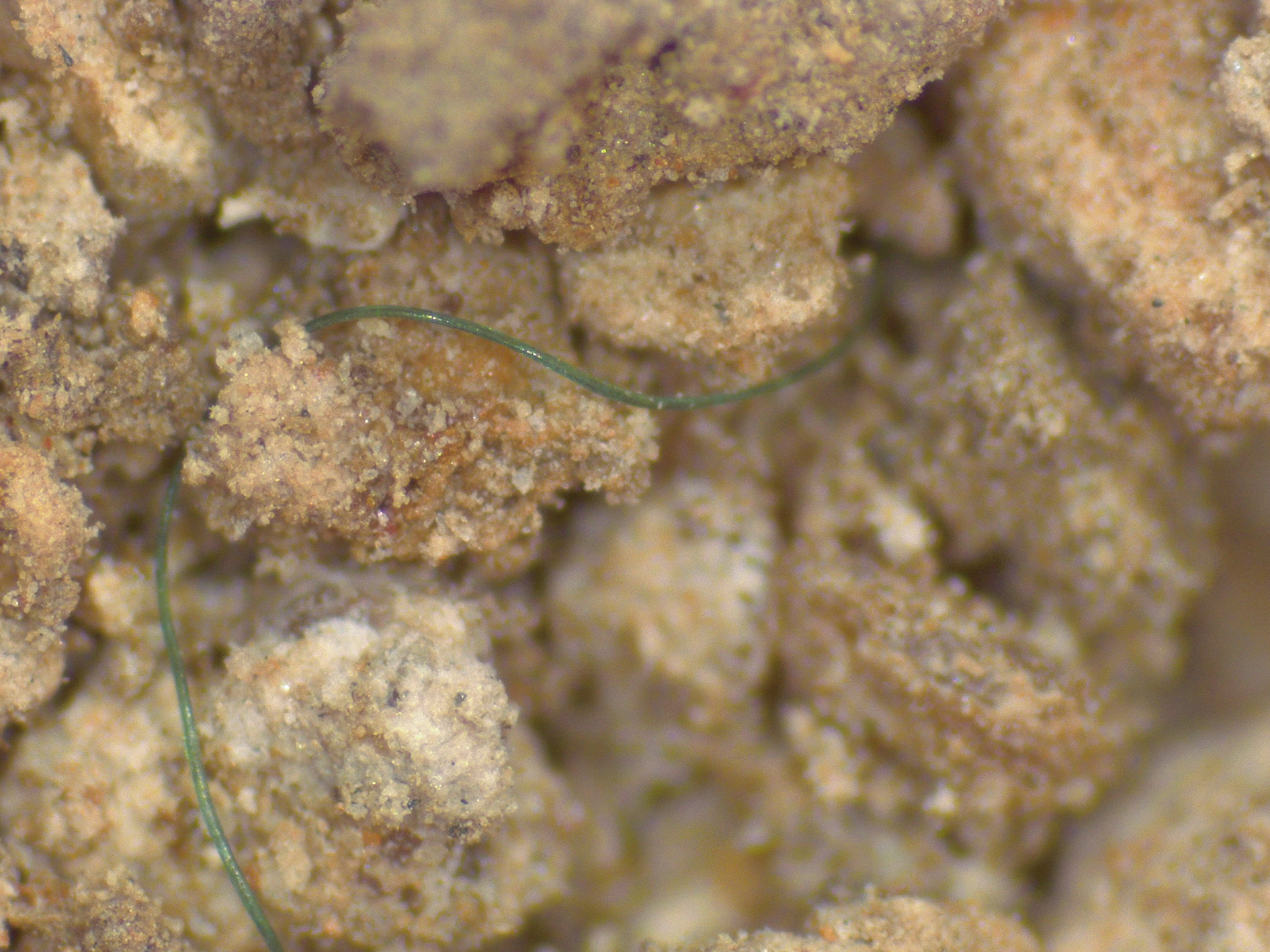

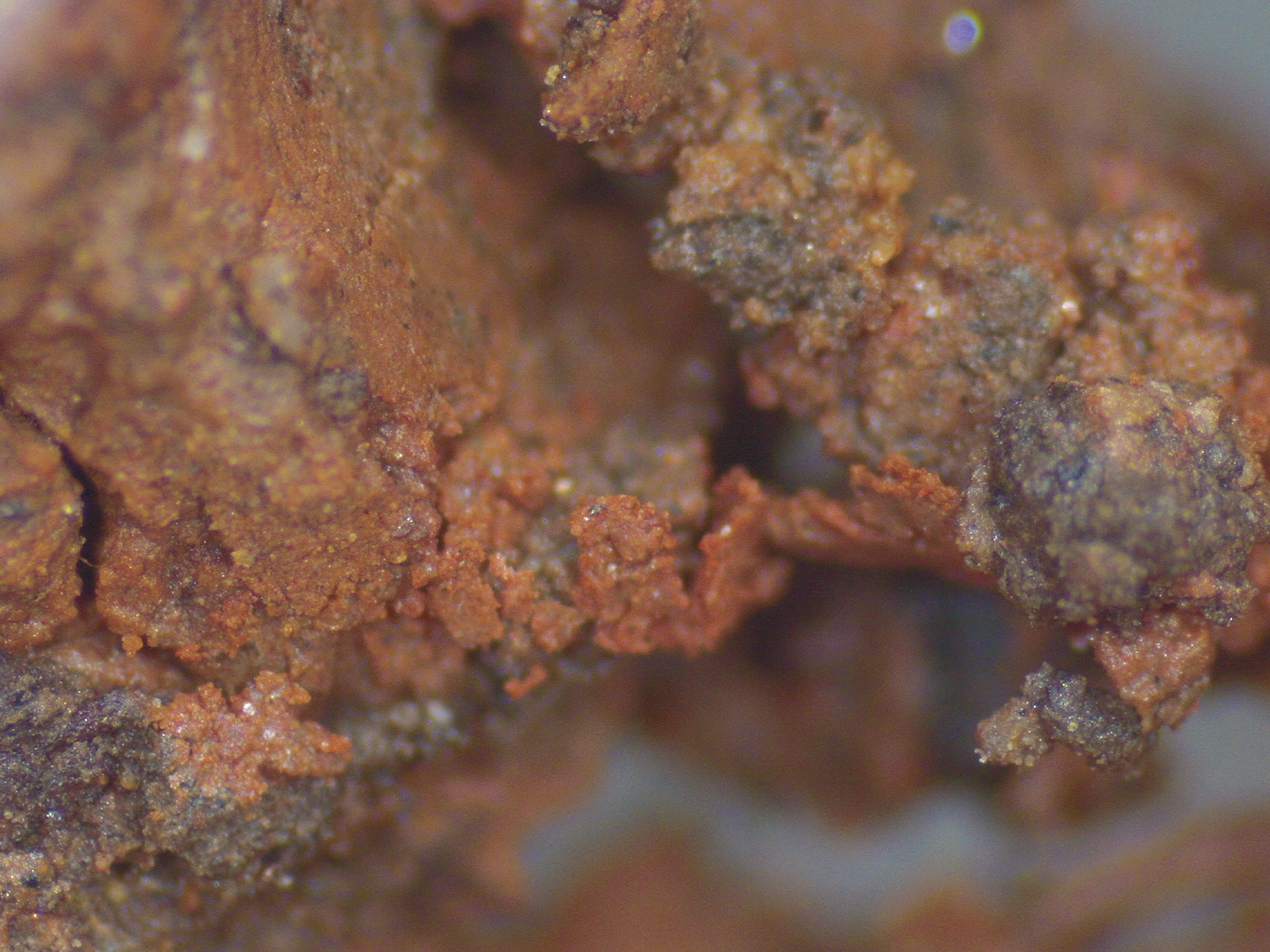
The circular clay machine
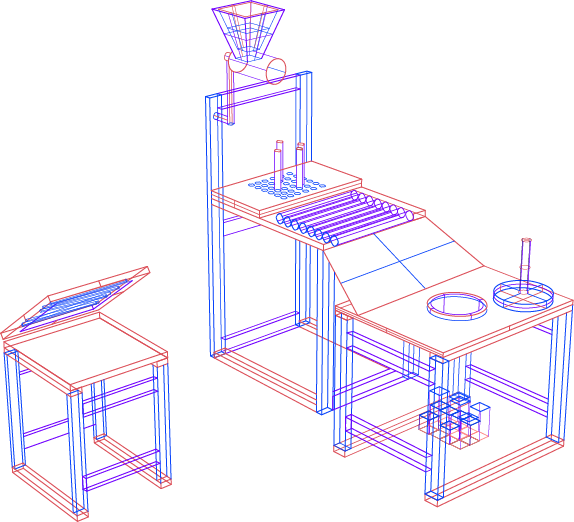
Within my project I thematize this constant change and relate it to the circulating properties of the regional material clay. Normally, the material is extracted, processed and then converted into a solid form that can no longer be changed. This leads to the fact that the recyclability of the material is never really used. If the material is not fired, it offers the possibility of reshaping as often as you want. "The circular clay machine" explores the material's capabilities, with several stations showing how many different shapes the material can be made into through various processes. The machine has neither a visible beginning nor a visible end; due to the reusable properties of the material, the various stations can be played as often as desired. Building on the previous form, you can always create something new from two kilograms of clay.
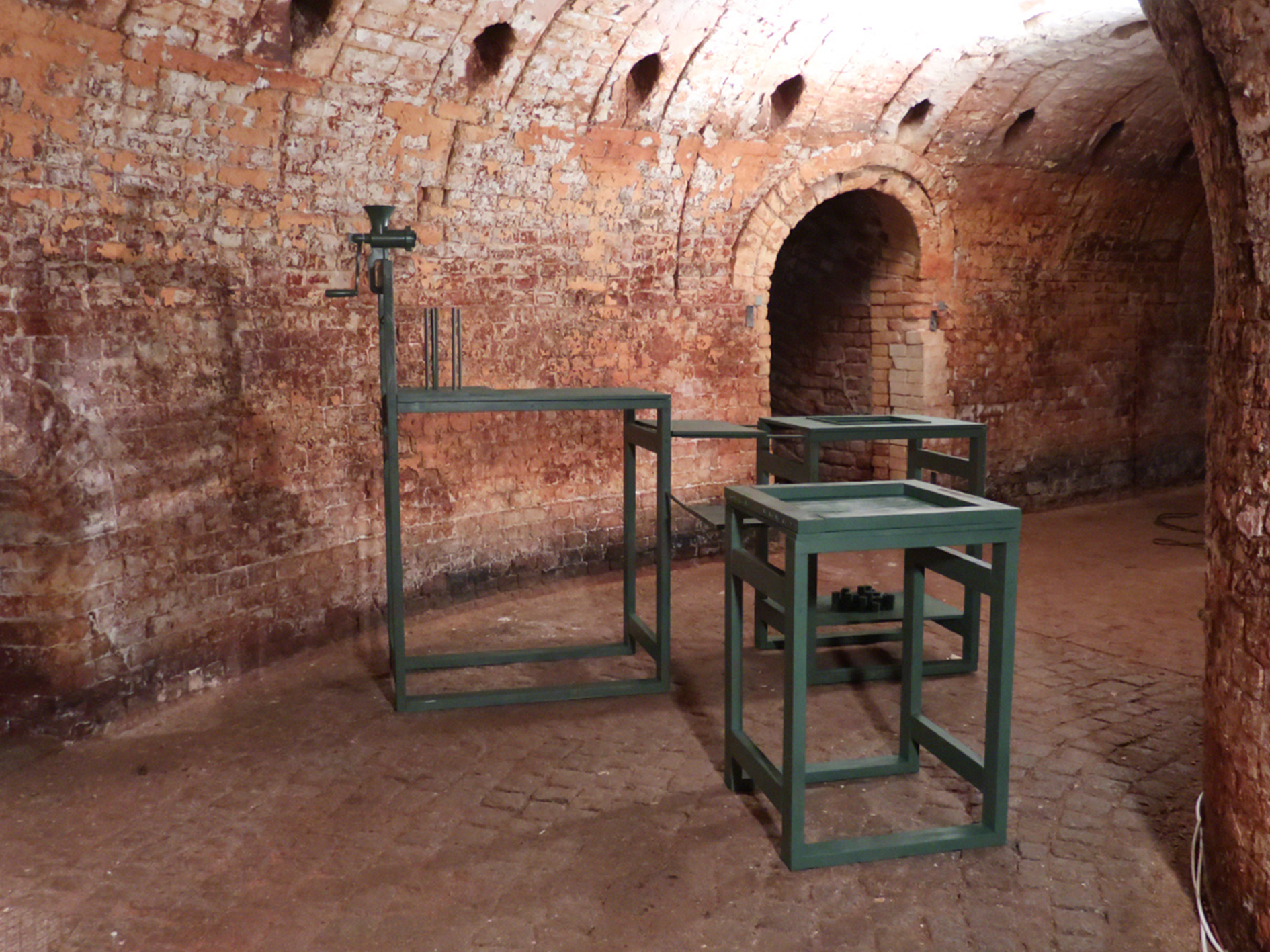
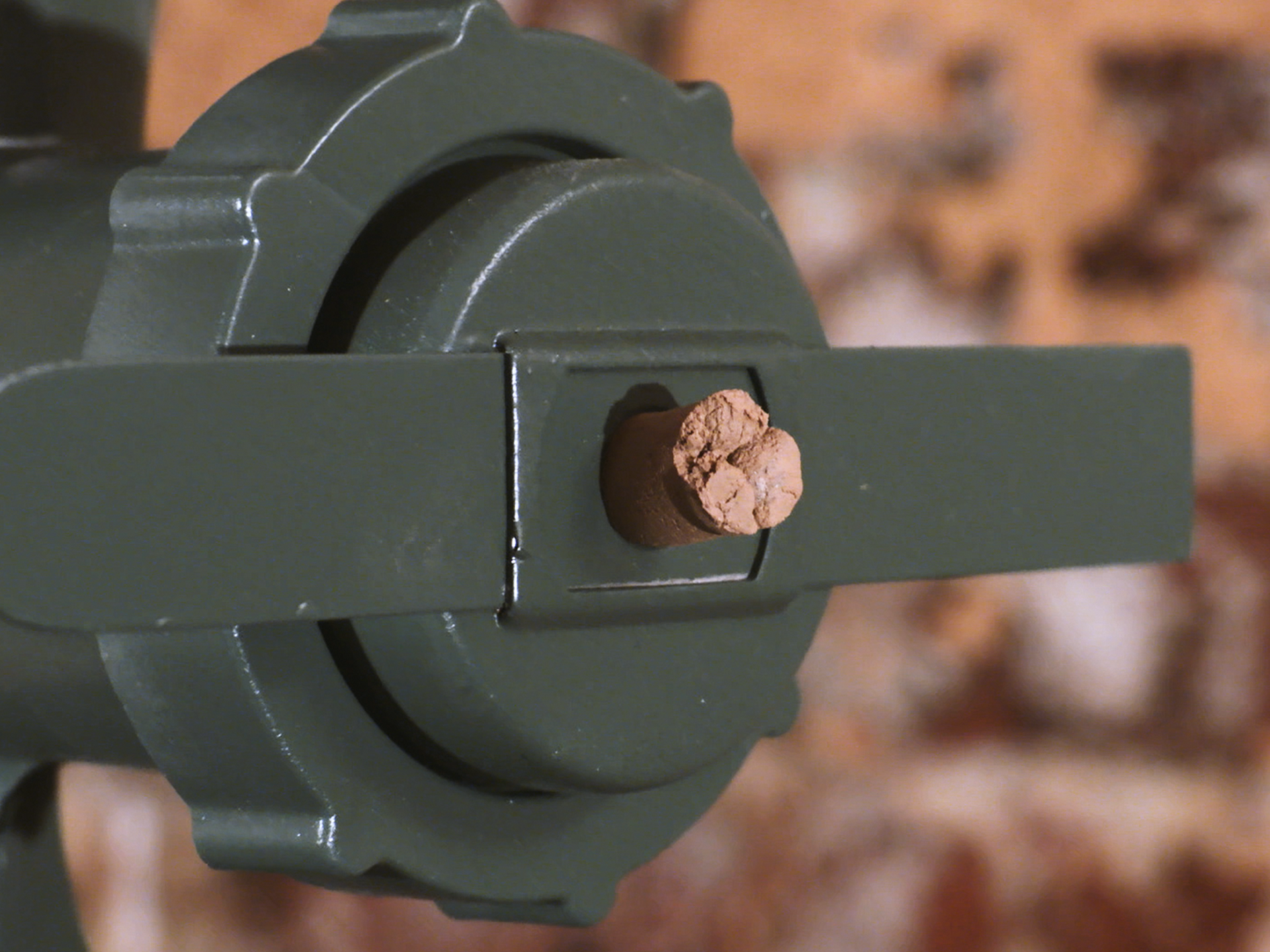
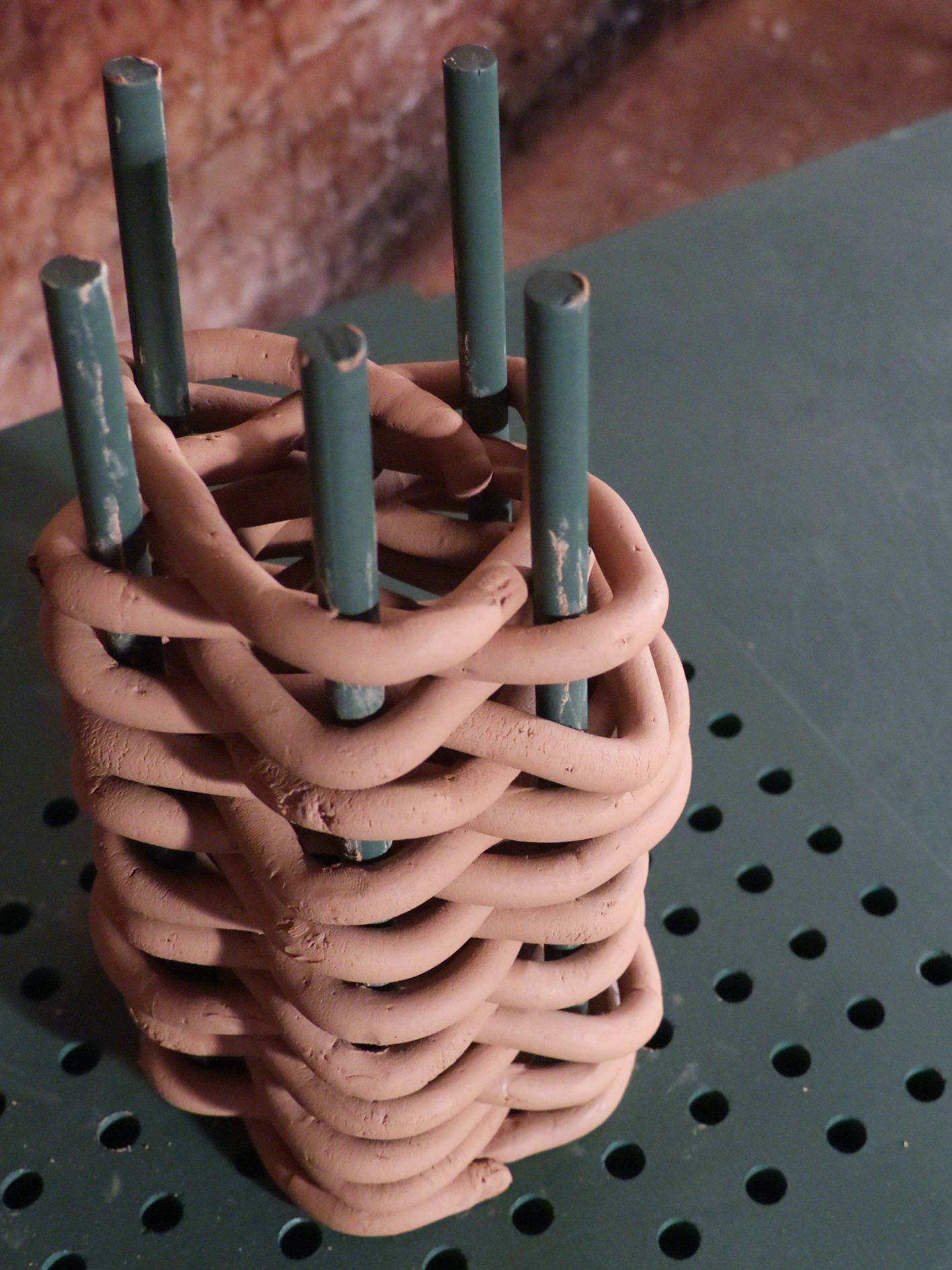
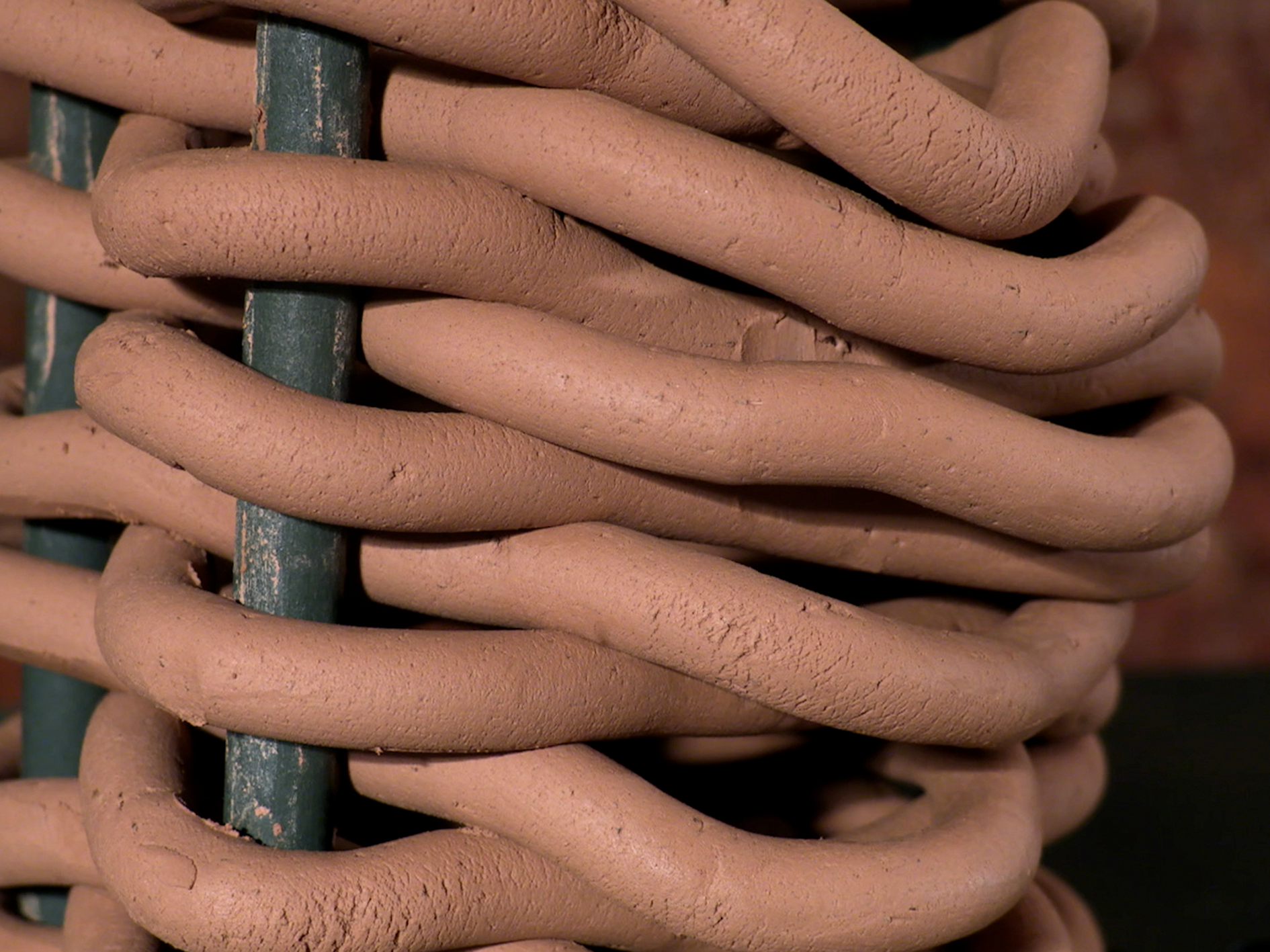
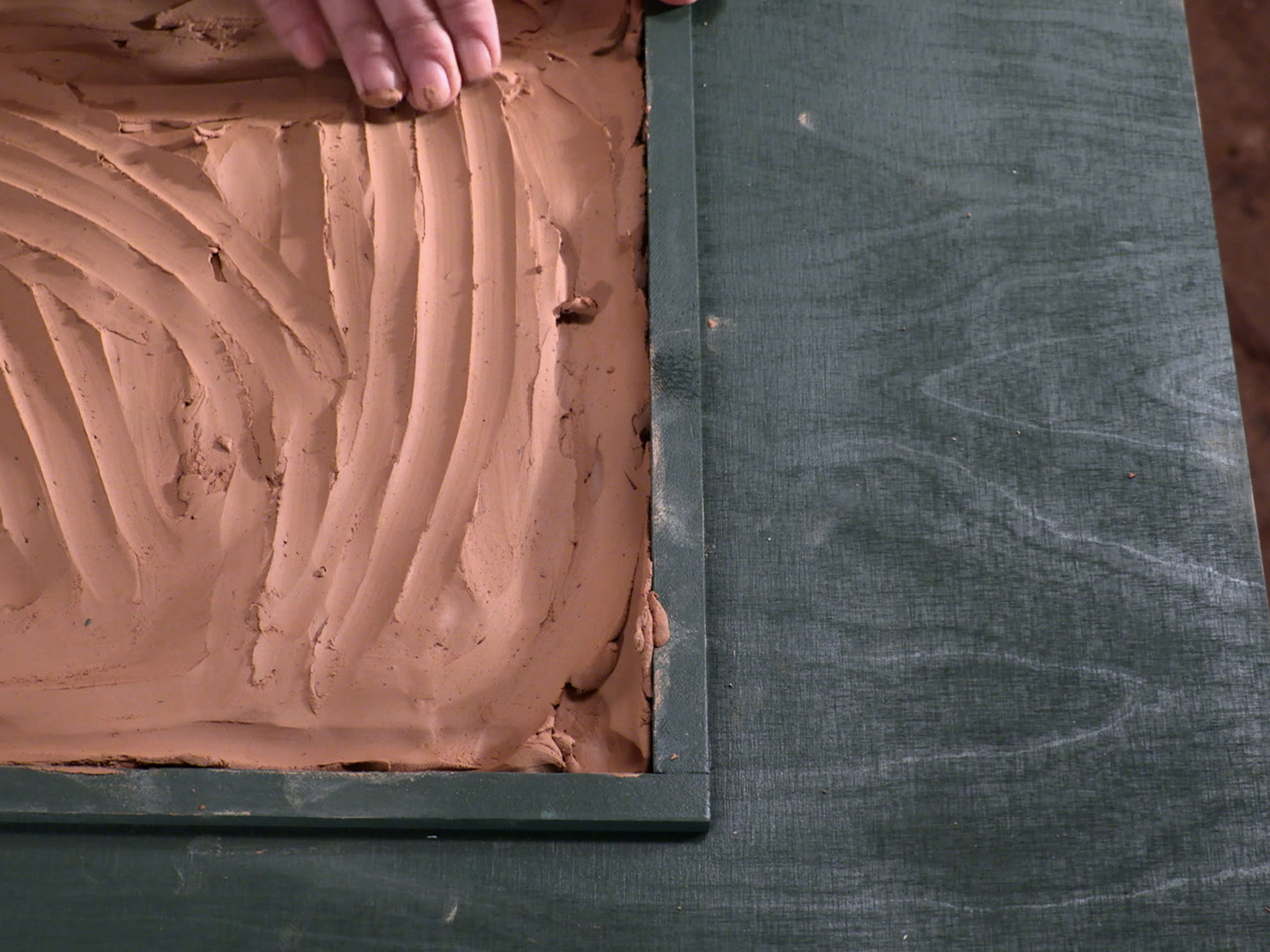
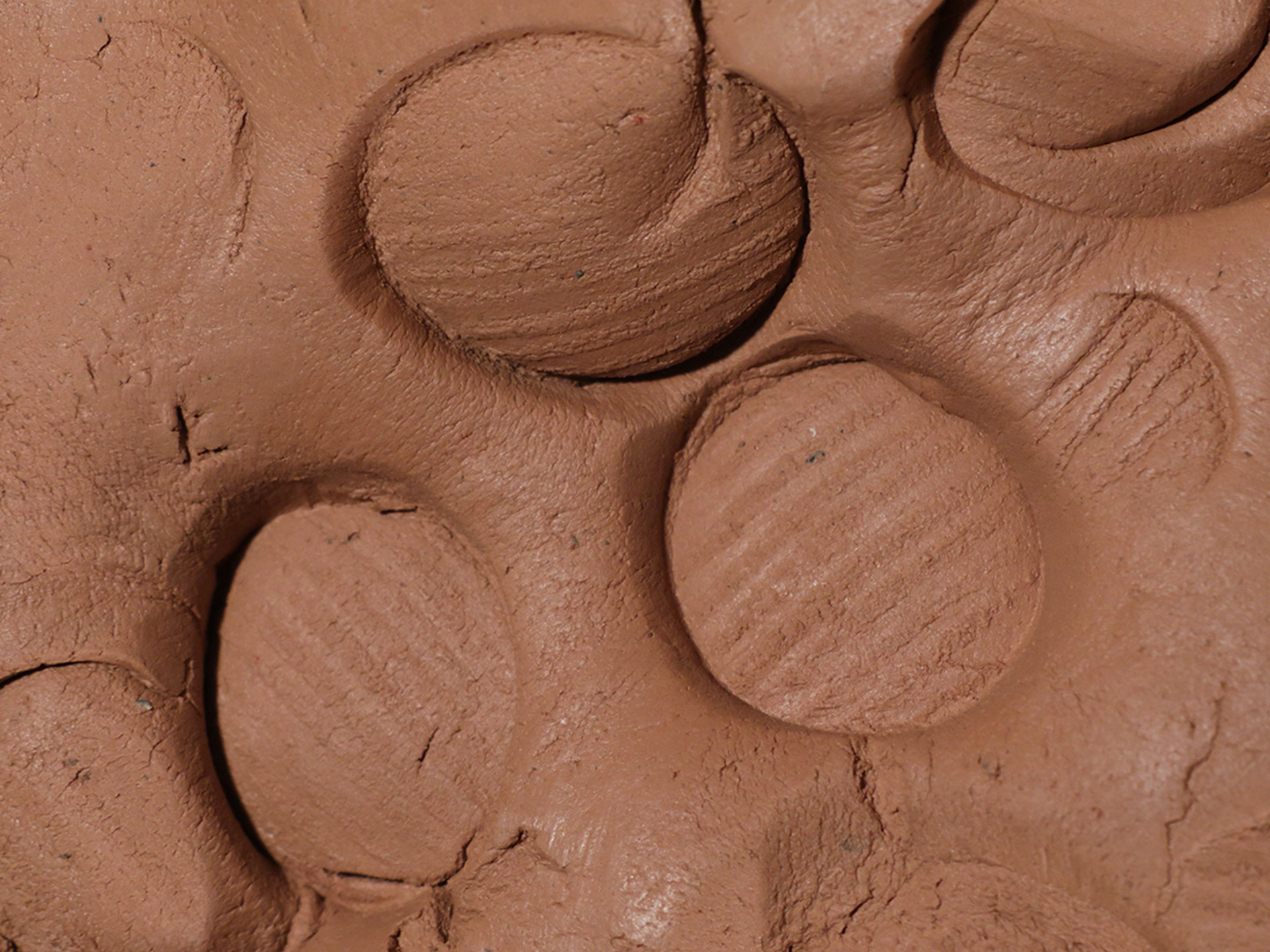
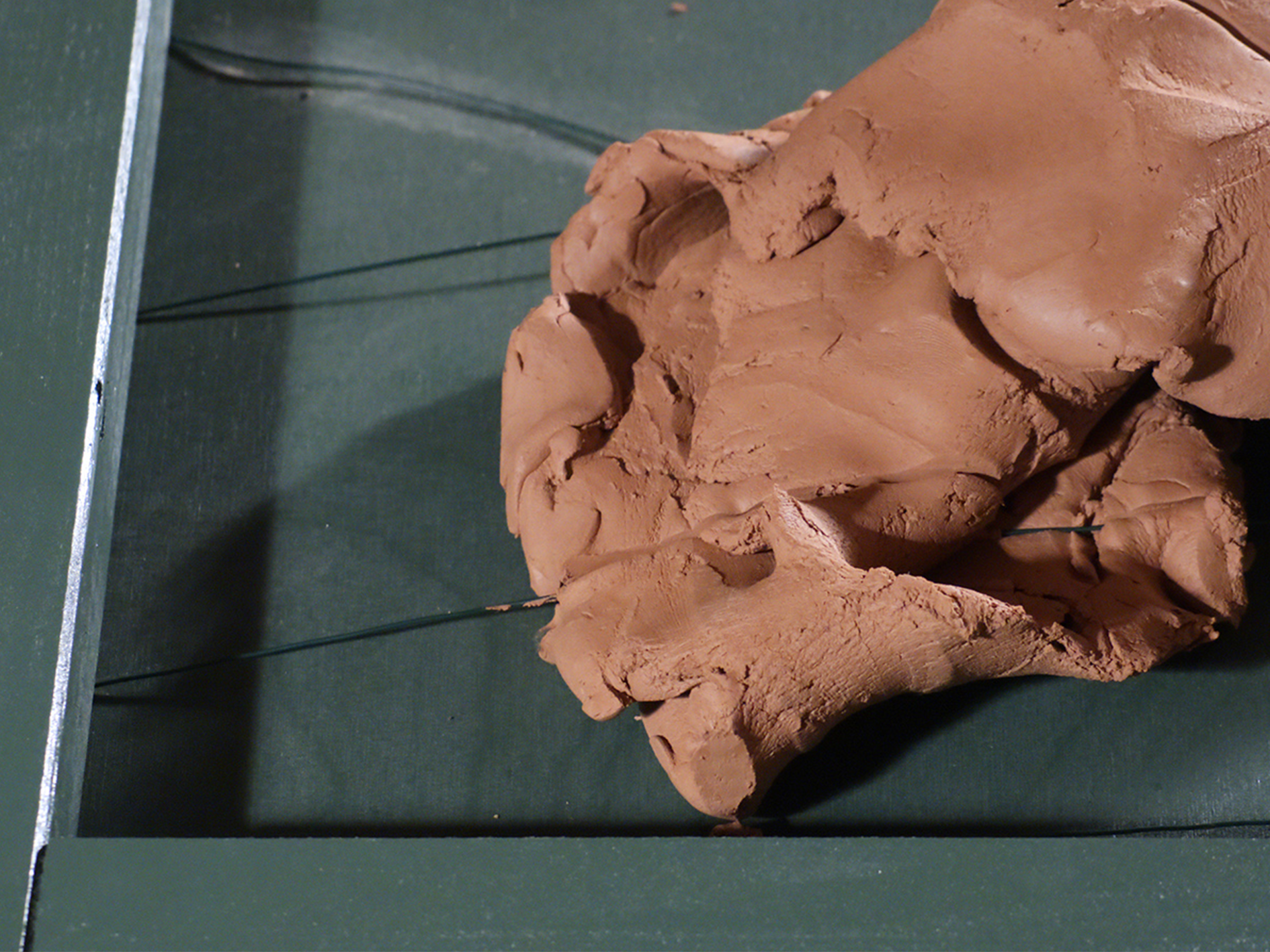
Exhibitions
Solum / Sustainlab Kunsthochschule Burg Giebichenstein 2021